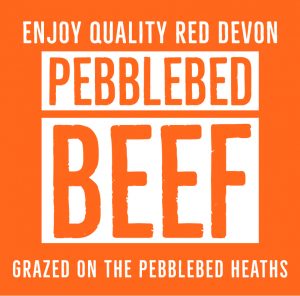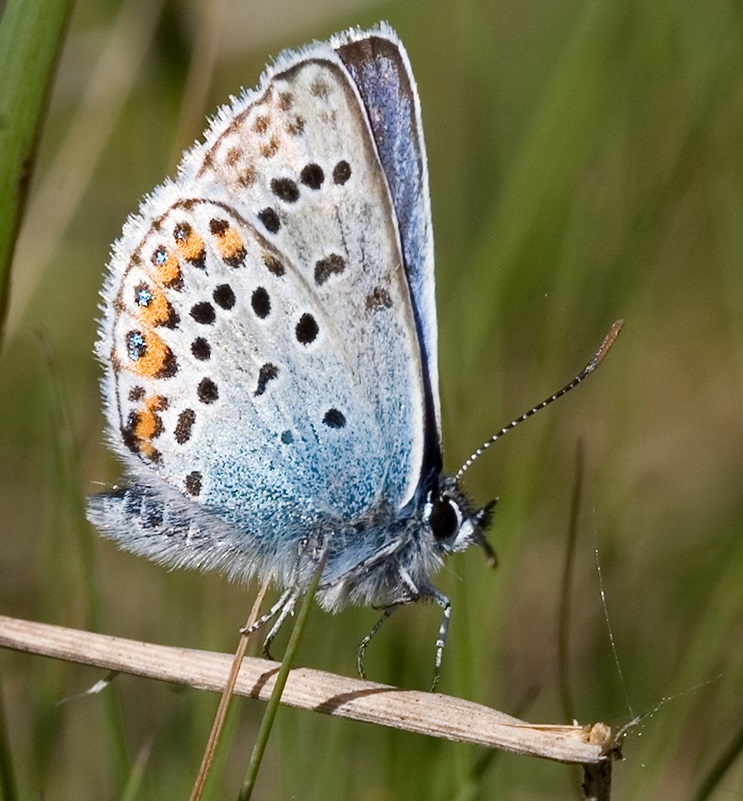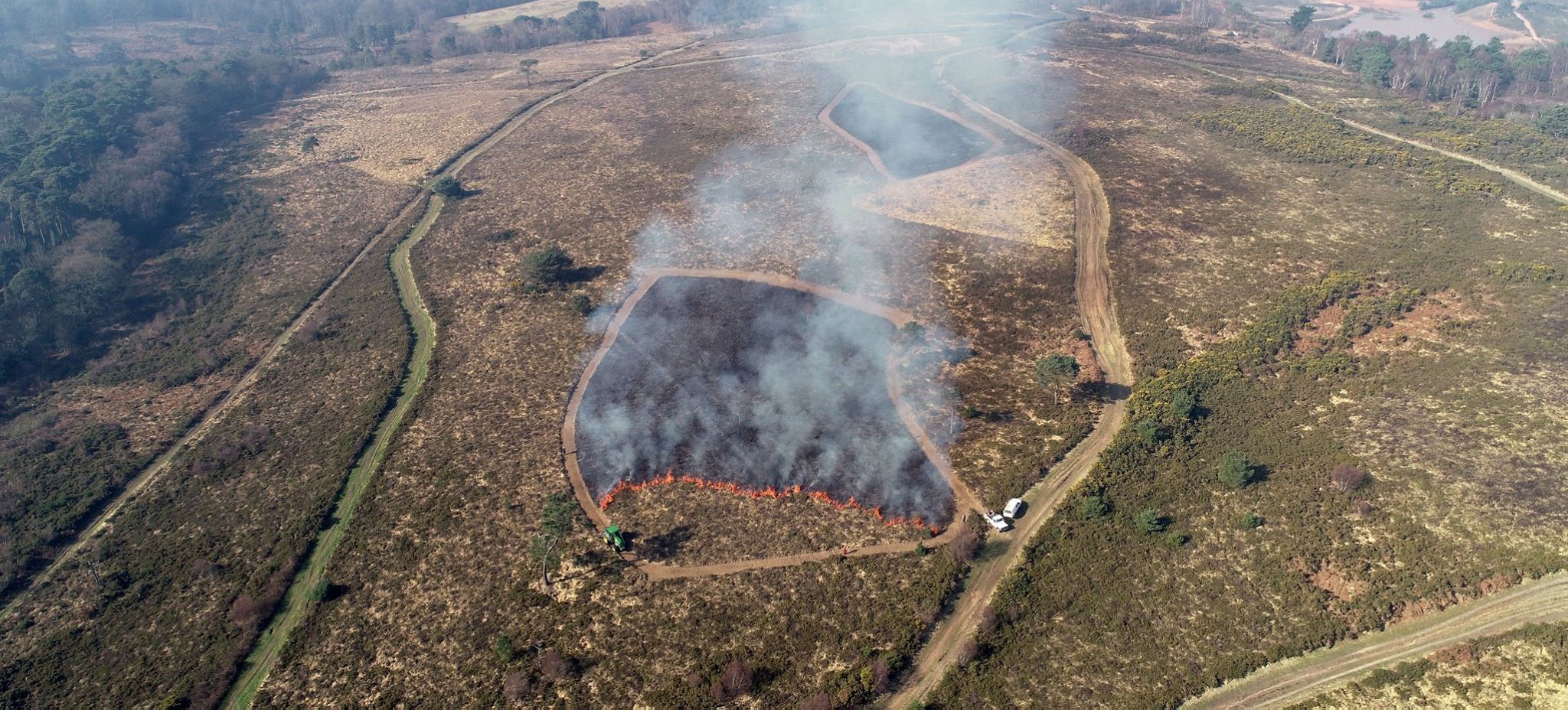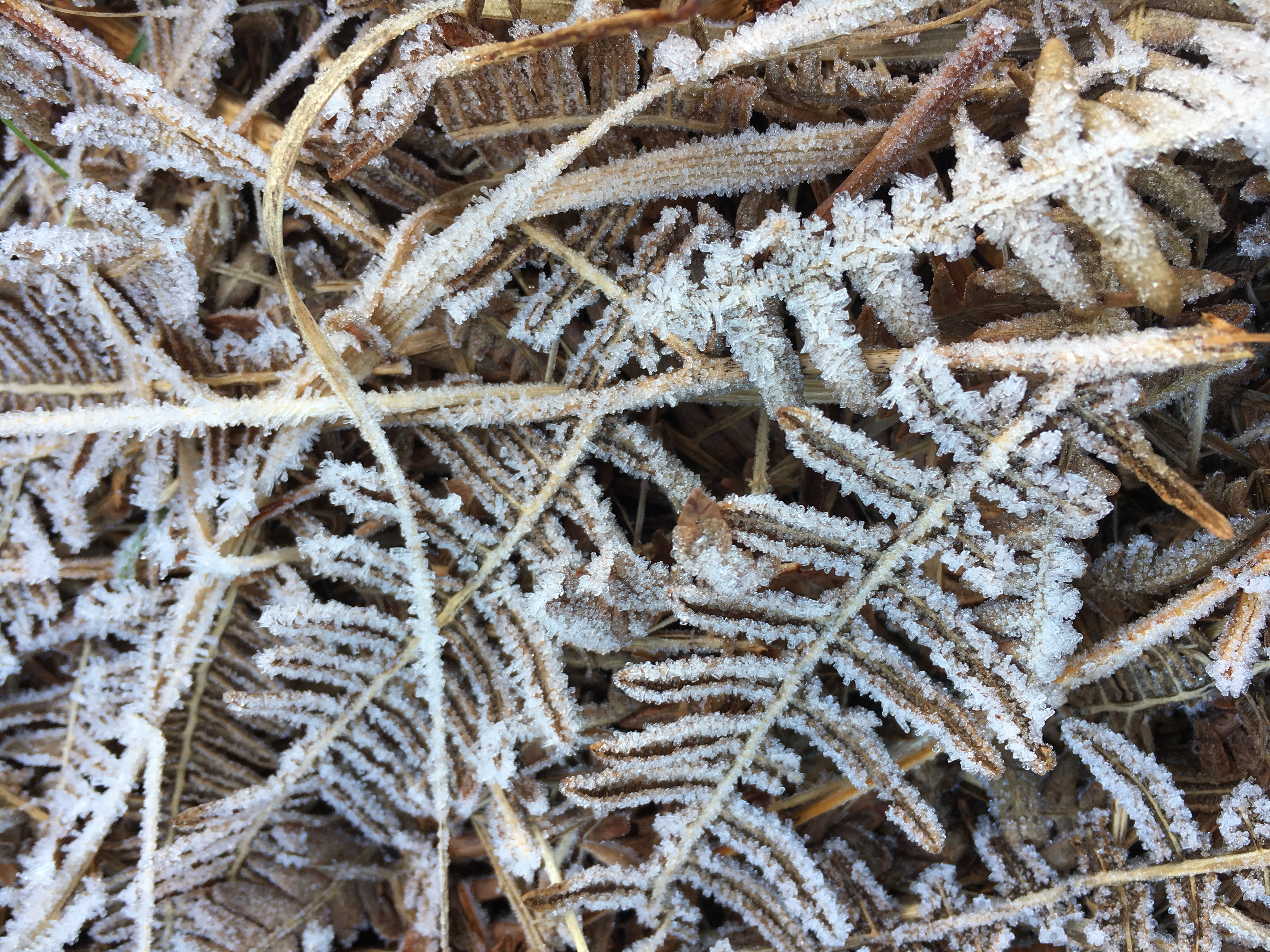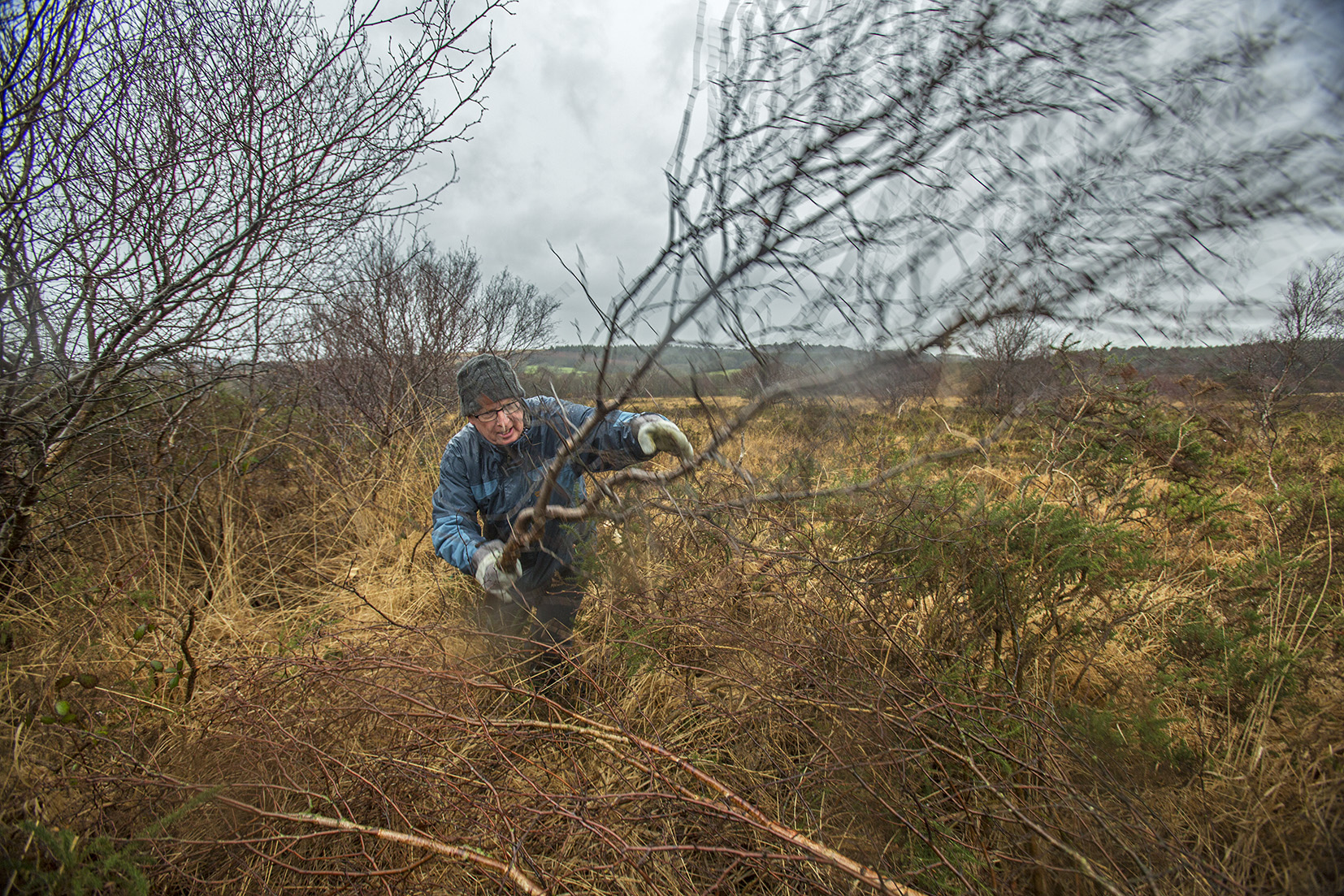Grazing
Grazing is widely regarded as an important tool to maintain this rare habitat in an ideal condition. Potential
benefits include: the inhibition of tree seedling growth; a reduction in the cover of grasses; maintenance of
structural diversity of vegetation; and an increase in herbaceous plant diversity.
Grazing has been reintroduced to lowland heathland in the UK, with rare breed cattle such as Devon Reds and
Dartmoor Ponies used within temporary seasonal enclosures and permanent fencing on the Pebblebed Heaths. Their
presence helps to improve the habitat for some rare European protected species, including the southern
damselfly.
For heathland to persist it is important that it remain relatively nutrient poor, as such we do not supplementary feed our stock on the heaths.
Avermectins are a series of drugs and pesticides that can be used to treat parasitic worms and insect pests in livestock. Residues of the avermectins in feces of livestock are known to affect some dung-associated insects, especially their larval forms. Heathlands support important insects that are significant in their own right as well as being important links in complex food webs. To ensure that wildlife can make use of the dung produced by the stock that graze on the site avermectins are not used.
In autumn 2019 Pebblebed Beef will be available to purchase through our new box scheme that we are trialing in partnership with Stantyway Farm. If you are interested in purchasing Red Devon beef that has been grazed on the heath to help support our conservation work please follow the link below.
